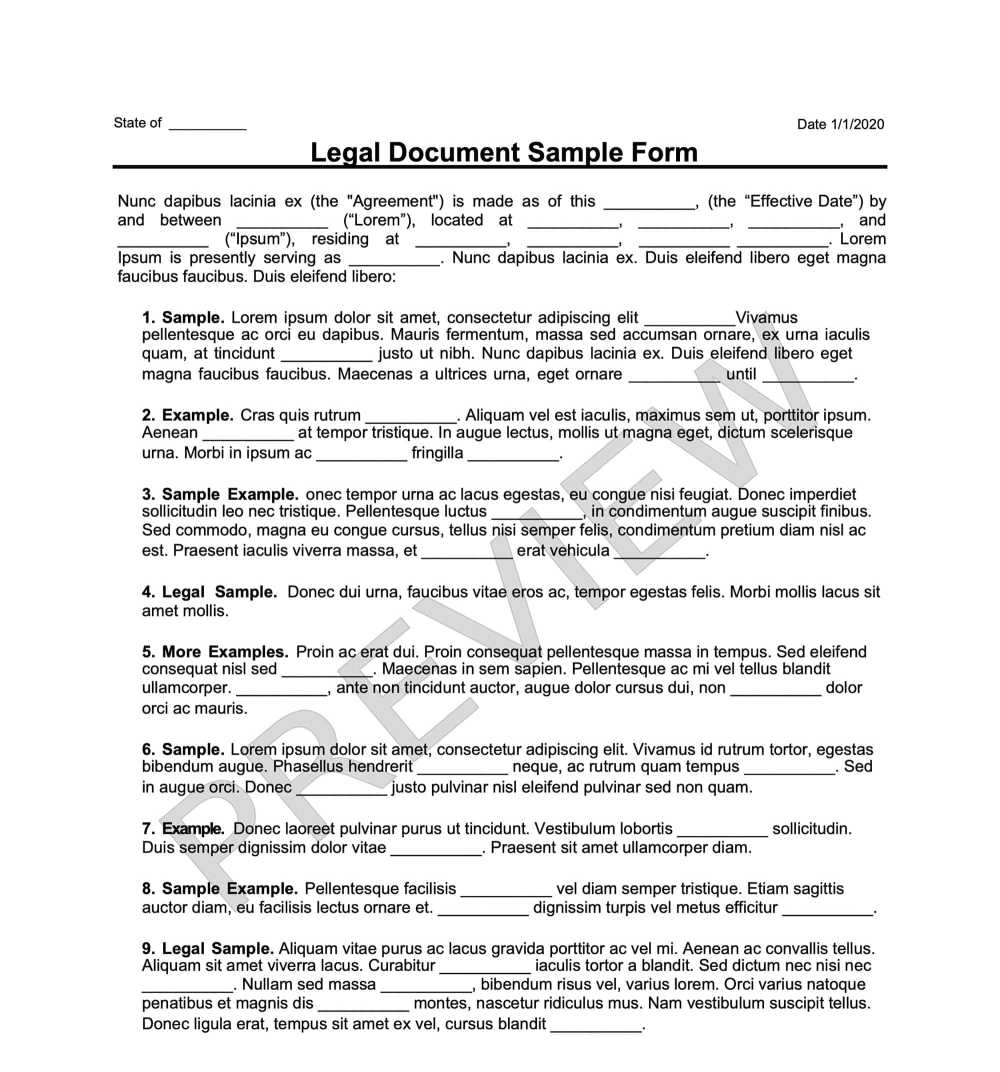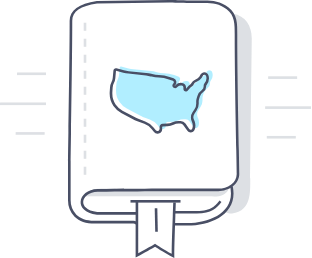Partnership Agreement
A General Partnership Agreement is a legally-binding document that establishes a for-profit business structure between two or more business partners.


Frequently Asked Questions
Generally speaking, yes. As long as the name is not in use by any other business, you can use it for your partnership. It's also a good idea to search for any registered trademarks that might be similar. If your business name and category are too similar to another, you may be liable for trademark infringement.
In the purpose clause, you should aim to be broad enough to allow the partnership to expand without needing substantial amendments to the agreement. However, it should also be succinct in conveying the nature of the partners' business ambitions.
The partnership will dissolve if all the partners mutually agree to disband, or by operation of law (i.e. a judge orders the partnership to be dissolved). Additionally, you can specify whether certain events will cause the partnership to be dissolved, such as:
- A Specified Event/Date: Although most partnerships are designed to exist perpetually, you may be entering into the arrangement to accomplish a specific task. When that’s the case you may specify the goal that must be met or a date which will result in the dissolution of the partnership.
- Withdrawal: You may also choose to have the partnership automatically dissolve when one of the partners decides to leave or is forced to withdraw.
- Death of a Partner: You also have the option to force the dissolution of the company when one of the partners dies.
Your partnership agreement should have stipulations about the circumstances under which a partner can exit the partnership. Usually, this involves written notice to the other partners within a reasonable timeframe.
Yes, a partner may be forced out by reason of bankruptcy, or a majority vote of the remaining partners for reason of incapacity, incompetence, breach of fiduciary duty, criminal conviction, or legal judgment.
The answer to this question depends largely on the terms of the agreement itself. Depending on how you structure the agreement, one of three things may happen:
- The partnership is dissolved. This gives the remaining partners the option to dissolve the partnership when one of the partners withdraws. The dissolution entitles all the partners to receive distributions as outlined in the agreement.
- Third-party purchase. A third party can agree to purchase the interest of the withdrawing partner and assume their position within the partnership. Usually, this transaction has to be approved by the remaining partners. Many partnership agreements give the right of first refusal to the remaining partners in such a transaction.
- The remaining partners buy out the withdrawing partner. You may choose to require the remaining partners to buy out the withdrawing partner's interest in the partnership.
The partners make major decisions by majority vote. You may choose to have each partner have equal voting power or voting power based on their capital contributions.
Although the partners may handle the day-to-day decisions of the partnership, they may find it useful to appoint an individual or group to handle this task for them.
A joint venture agreement temporarily covers a contractual relationship between two individuals or businesses. This document is often created to develop a new project and ends when the project is completed. By contrast, a partnership agreement is more long-term, broader in scope, and involves shared responsibilities and liabilities of a business.
Generally, a partnership agreement does not need to be notarized — you only need to sign the document to make it legally enforceable. A witness may be helpful if the other party attempts to contest the document.
While a notary is not necessary, using one can help ensure that no one challenges any signatures later and is a secure way to firmly establish the effectiveness of your document.
A general partnership does very little to limit the partners' liability in the face of debt. In a typical general partnership, all members are equally liable for the debts incurred by the business. Moreover, if one or more members are unable to pay their portion of said debt, their liability falls on the remaining partners. Because all partners are agents of the partnership, they are all equally bound by contracts to third parties made by other partners.
The superior alternative is almost always mediation and arbitration instead of going through a court of law. It's a good idea to establish a dispute resolution clause within the partnership agreement that outlines this process. A mediation process is typically more expedient and much less expensive.




